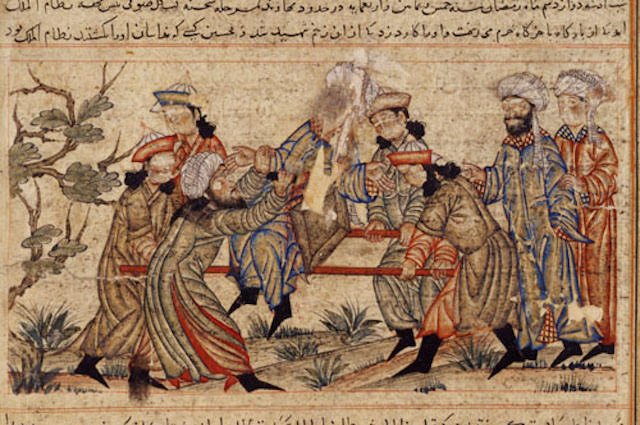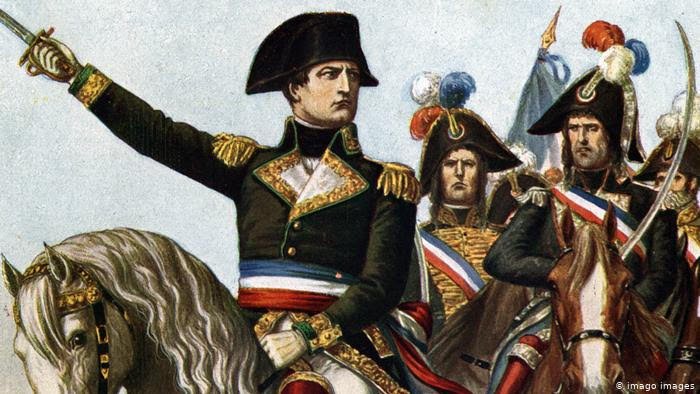THE HISTORY OF HASH
Hash or Hashish is an extract processed by the removing the trichomes through physical manipulation and temperature changes.
Hash and the hash making process has been practiced for centuries and is still popular to this day.
The Beginning
Out of the many different products created from cannabis hash a history that dates back thousands of years. Hash or hashish was first documented in the middle east, where it was used for medicinal and religious purposes.
While little evidence has been collected about the earliest history of hashish, historians agree that it became observable in what was then Arabia around the 10th century. Secondary evidence on this subject is limited until Muslim legislators debated its use in their culture in the 11th century.
It was from here on that hashish gained widespread acceptance across Arabia and would soon spread throughout the entire Middle East. Its gaiety and sleep-inducing properties are also described in the classic "1001 Arabian Nights."
In one documented instance of the consumption of hash in the 12th century in Cairo, Egypt, a pamphlet was found in which the author refers to the Nazari muslims as “hash eaters” Because Smoking hash proved difficult until the invention of smokable tobacco, many would resort to eating it.
NAPOLEON & THE RISE OF HASH IN EUROPE
During Napoleon's invasion of Egypt in the late 1700s, there was no alcohol for the soldiers to drink because Egypt is an Islamic country where alcohol is prohibited. Egyptians, however, smoked hashish, and the French soldiers adored it. The French officers noticed their soldiers were stoned most of the day and night. Napoleon was skeptical of hash and associated it with lower class egyptians and then went on to ban hashish smoking in the troops. After the French occupation ended in 1801 Napoleon's troops brought as much hash back with them from Egypt as they could carry.
Western Influence
It was common for counter culturists from Europe and North America to visit Morocco as a tourist destination in the early 1960s and early 1970s, enjoying hash whenever it was available. As a result, cannabis cultivation and hash production increased in the Rif region. The Moroccan government was therefore forced to purge growers in the area in an attempt to quell the business.
Although outlawed, Morocco dominated in hash production and exports from the 1980s until 2010, when the country was edged out by Afghanistan in the category of total hash production.
Modern day
As new methods of harvesting cannabinoids have become available, hash production has evolved significantly. By using techniques like ice water extraction or by combining high terpene full spectrum oil with keif individuals are able to consume a more potent, pure consumption experience by limiting the amount of plant matter and chemical additives consumed. Today the gooey Play-Doh consistency and the beautiful golden brown color of hash is still a popular choice among cannabis enthusiasts and consumers.





